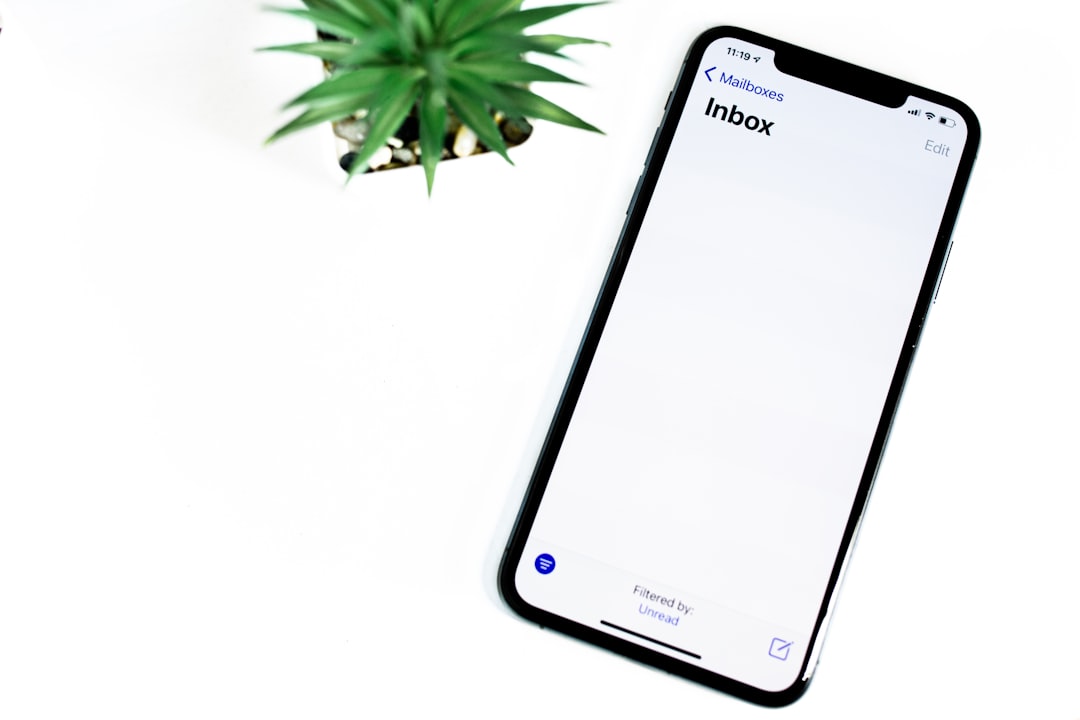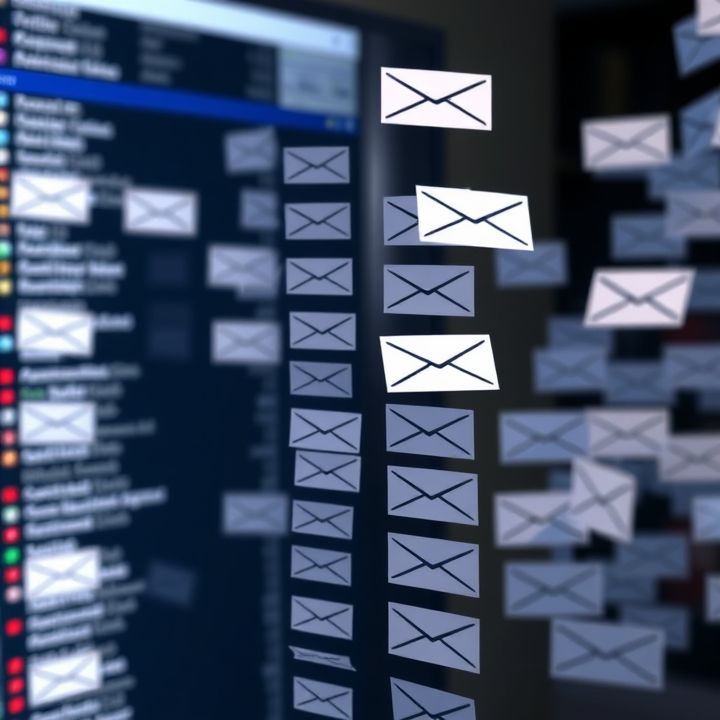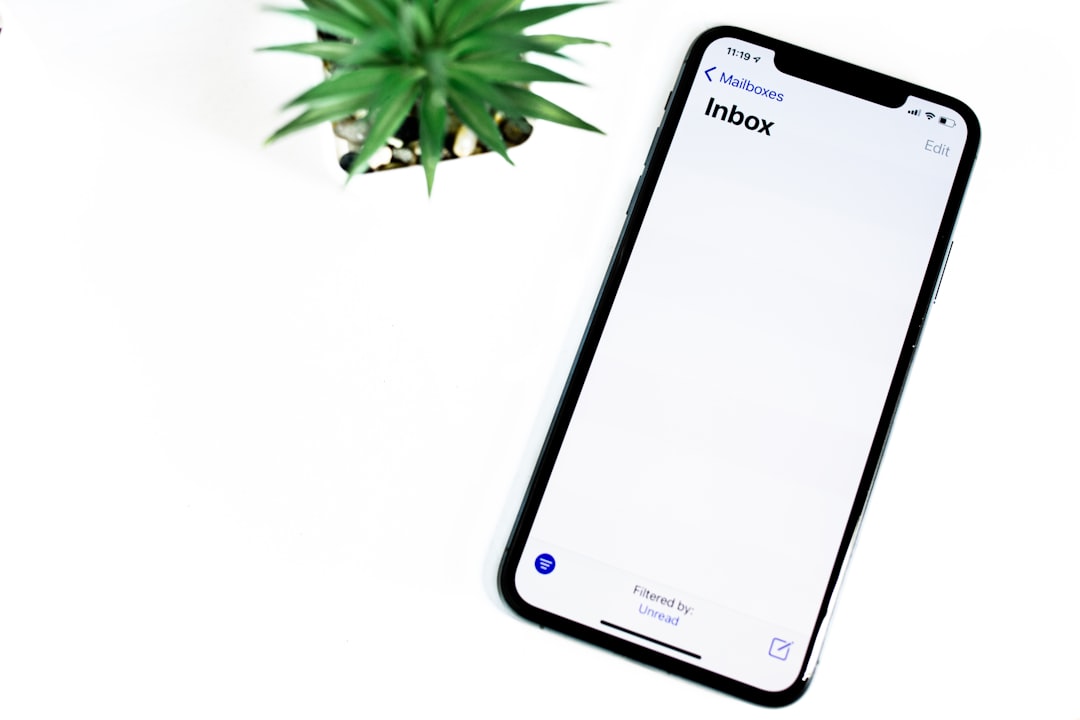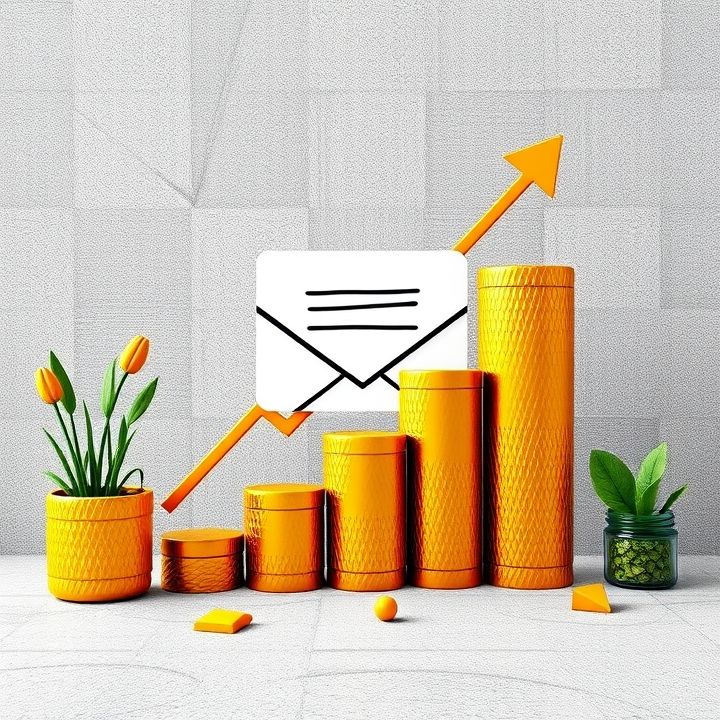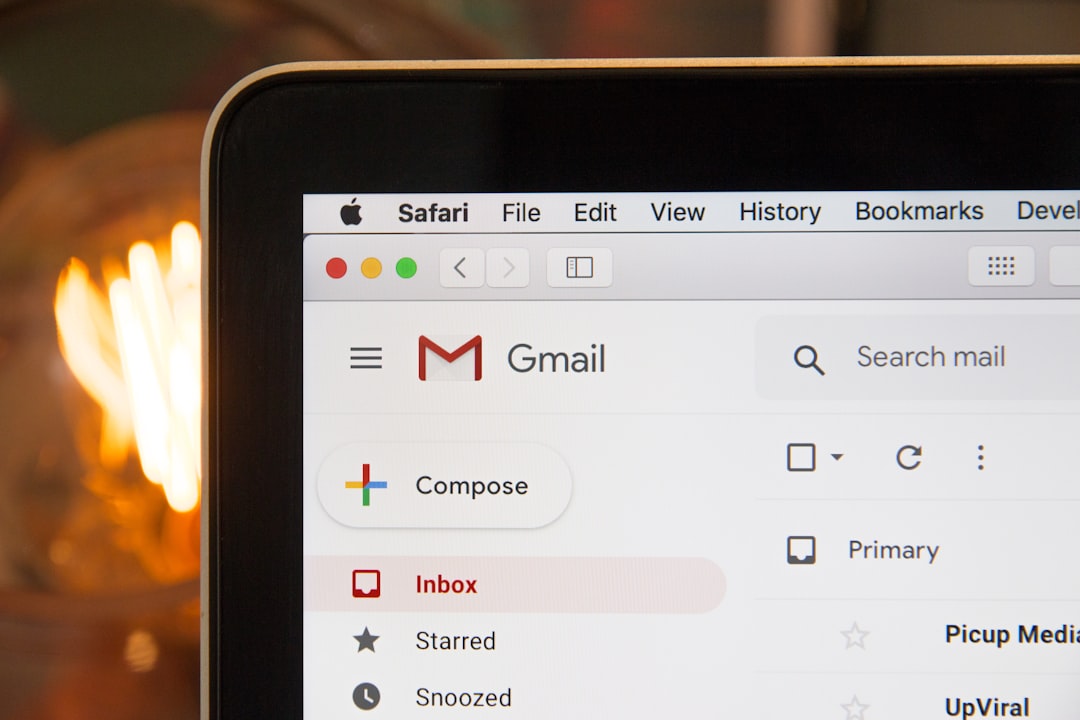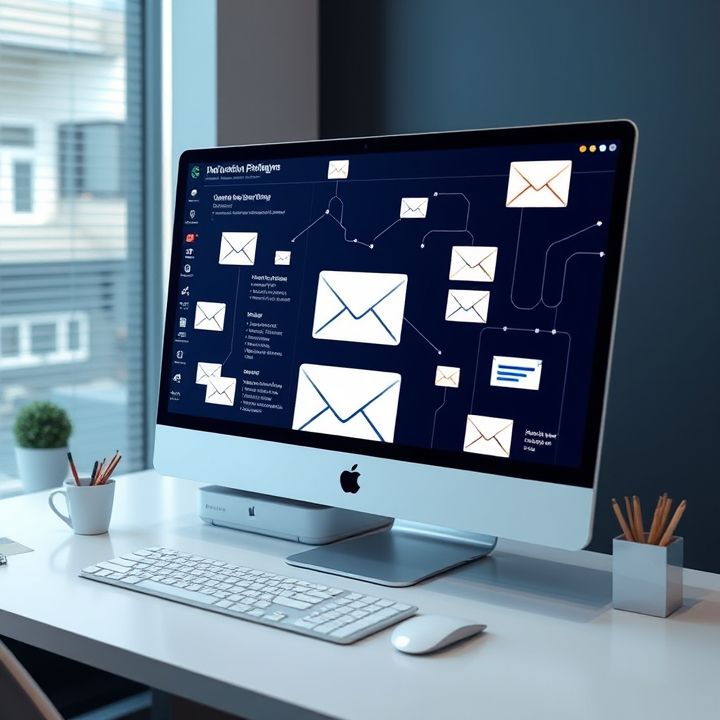Table of Contents
- Introduction
- Understanding the importance of email retargeting in customer acquisition
- Identifying key metrics for measuring the success of retargeting campaigns
- Crafting personalized content to re-engage potential customers
- Timing and frequency of retargeting emails for optimal impact
- Utilizing segmentation to target different customer behaviors
- Incorporating A/B testing to refine email strategies
- Integrating cart abandonment solutions with email marketing platforms
- Analyzing campaign data to continuously improve performance
- Conclusion
- Frequently Asked Questions
Introduction
Welcome to the world of increased revenue and engagement! In today’s dynamic digital marketplace, traditional sales tactics often fall short of capturing the modern consumer’s attention. Enter Email Retargeting and Cart Abandonment Recovery—the two strategies that can transform your sales trajectory. Imagine reclaiming potential buyers with just a few strategic emails; the opportunities are limitless.
But what exactly makes this duo so effective? Let’s break it down. Below is an overview of why these techniques are crucial:
| Strategy | Benefit |
|---|---|
| Email Retargeting | Revive interest and re-engage lapsed customers |
| Cart Abandonment Recovery | Recover lost sales and boost conversion rates |
As you journey through this article, you will discover the secrets to harnessing these powerful techniques. Prepare to unlock untapped sales potential and convert interest into action. Dive into the intricate world of retargeting and recovery, where every abandoned cart is a new opportunity for conversion.
This image perfectly encapsulates the meticulous planning and execution required to make your email marketing efforts thrive.
Understanding the importance of email retargeting in customer acquisition
Email retargeting plays a pivotal role in customer acquisition by allowing businesses to re-engage potential customers who have previously interacted with their products or services. When a customer shows interest by browsing a website or leaving items in their cart, but doesn’t make a purchase, email retargeting serves as a powerful tool to bring them back. By leveraging personalized and timely email campaigns, companies can remind potential customers of their interests, thus increasing the likelihood of conversion. Furthermore, retargeting emails often include incentives such as discounts or free shipping, which can persuade hesitant shoppers to complete their purchases.
Moreover, email retargeting in the realm of customer acquisition can enhance customer relationships by creating a more personalized shopping experience. By analyzing customer behavior and preferences, businesses can tailor their email content to meet individual needs. This not only boosts conversion rates but also helps in building long-term customer loyalty. In an increasingly competitive digital marketplace, understanding and implementing effective email retargeting strategies is essential for maximizing customer acquisition efforts and driving business growth.
Identifying key metrics for measuring the success of retargeting campaigns
Measuring the success of retargeting campaigns hinges on identifying key metrics that provide insights into effectiveness and areas of improvement. One crucial metric is the click-through rate (CTR), which indicates how many users clicked on the retargeted ads compared to the number of impressions. A high CTR suggests the ad’s relevance and appeal to the audience.
Conversion rate is another vital metric, showing the percentage of users who completed a desired action, such as making a purchase after interacting with the ad. This helps in understanding the campaign’s direct impact on sales.
Return on ad spend (ROAS) measures the revenue generated for every dollar spent on advertising, providing a clear picture of financial efficiency. Additionally, tracking bounce rate after users land on the website can reveal if the landing page effectively engages users post-click.
Finally, understanding customer lifetime value (CLV) helps gauge the long-term profitability influenced by retargeting efforts. Monitoring these metrics regularly allows marketers to optimize campaigns, ensuring improved targeting, creative strategies, and ultimately, attaining better results.
Crafting personalized content to re-engage potential customers
Crafting personalized content is essential when aiming to re-engage potential customers who have abandoned their carts. Personalized emails give a sense of individual attention, which can be crucial in nudging customers back to your site. To begin with, segment your audience based on factors like browsing history, abandoned products, and past purchasing behavior. This allows you to tailor your messages more effectively.
For instance, address your customers by their first name and include customized product recommendations based on their previous interactions. Highlight special offers or discounts connected to the items they left behind, making the decision to return and complete the purchase more enticing. Moreover, integrate dynamic content such as countdown timers or limited stock alerts to create urgency.
Another strategy is to share customer testimonials or reviews related to the abandoned products. This reassures potential buyers, enhancing trust and providing additional motivation to finalize their purchases. Remember to keep your tone friendly and helpful, rather than pushy, to foster a positive brand relationship. By paying attention to these details, your email retargeting and cart abandonment recovery campaigns have a higher likelihood of converting interest into action.
Timing and frequency of retargeting emails for optimal impact
When it comes to email retargeting and cart abandonment recovery campaigns, the timing and frequency of your emails are crucial for optimal impact. The first retargeting email should be sent promptly, ideally within an hour of the cart abandonment, as this is when the prospect’s interest is still fresh. Following this, another email should be scheduled within the 24-hour window to serve as a gentle reminder and nudge the recipient to complete their purchase.
In terms of frequency, a series of three to four emails over a span of a few days can be effective. Each subsequent email should have a slightly different focus or offer, such as highlighting customer testimonials, offering a limited-time discount, or providing free shipping as an incentive. However, it’s essential to avoid overwhelming the recipients with too many emails, as this can lead to email fatigue and potential unsubscribes.
Ultimately, finding the right balance and personalizing the emails based on customer behavior and preferences can enhance engagement and improve conversion rates, turning abandoned carts into completed sales.
Utilizing segmentation to target different customer behaviors
Utilizing segmentation in email retargeting and cart abandonment campaigns involves categorizing customers based on distinct behaviors and characteristics to deliver more personalized and effective communication. By analyzing customer data, businesses can identify specific behaviors such as browsing habits, past purchase history, and engagement levels. This information can be used to create customer segments, allowing marketers to craft tailored messages that resonate with each group.
For instance, customers who frequently browse a particular category but haven’t made a purchase can be targeted with specific offers or product recommendations related to their interests. Similarly, those who have abandoned carts can receive timely reminders along with incentives like discounts or free shipping to encourage them to complete their purchase.
Segmentation not only improves the relevance of marketing messages but also enhances customer experience by addressing the unique preferences and needs of different consumer groups. Additionally, by focusing on specific segments, businesses can optimize their marketing efforts and allocate resources more efficiently. This targeted approach leads to higher engagement rates, improved conversion rates, and ultimately, increased revenue.
Incorporating A/B testing to refine email strategies
Incorporating A/B testing into your email campaigns is a strategic method to enhance their effectiveness and maximize engagement. A/B testing, also known as split testing, involves sending two variations of an email to a small segment of your audience to determine which performs better in terms of open rates, click-through rates, and conversions. Once you identify the more successful variant, you can roll it out to a larger audience.
To implement A/B testing, start by identifying the elements you want to test. This could include subject lines, email content, images, call-to-action buttons, and sending times. Ensure that you only test one variable at a time for accurate results. For example, if you’re testing subject lines, keep the rest of the email content identical in both versions.
Analyzing the data post-test is crucial to understanding your audience’s preferences. Look for statistically significant differences in response rates, and use these insights to tailor future campaigns. By systematically using A/B testing, you can refine your email strategies, bolster engagement, and ultimately convert more subscribers into customers. This data-driven approach ensures that your email marketing efforts are as effective as possible.
Integrating cart abandonment solutions with email marketing platforms
Integrating cart abandonment solutions with email marketing platforms is a strategic move for businesses aiming to recover lost sales and improve customer engagement. The first step in this process is to select a reliable email marketing platform that offers advanced segmentation and automation capabilities. These features are crucial for creating personalized follow-up emails tailored to individual customers who have left items in their shopping carts.
By connecting the cart abandonment software with the email marketing platform, businesses can automatically trigger emails reminding customers of their pending purchases. This is typically done through API integrations or using built-in connectors available in many platforms. These emails can include incentives such as discounts or free shipping to entice customers to complete their purchase.
Another important aspect is the ability to analyze and track the performance of these campaigns. Data such as open rates, click-through rates, and conversion metrics can provide valuable insights, enabling further refinement of the strategy over time. This seamless integration not only enhances the effectiveness of recovery efforts but also contributes to a more cohesive customer experience, building trust and improving brand loyalty.
Analyzing campaign data to continuously improve performance
Analyzing campaign data is crucial for continuously improving the performance of email retargeting and cart abandonment recovery campaigns. Start by gathering key metrics such as open rates, click-through rates, conversion rates, and bounce rates. Examine these figures to identify trends, strengths, and areas needing improvement.
Next, segment your audience based on their behavior to tailor messages more effectively. Consider A/B testing to determine which subject lines, content styles, or call-to-actions resonate more with different segments. This method allows marketers to optimize their emails for higher engagement and conversion rates.
Utilize analytics tools to track how potential customers interact with emails, noting patterns that correlate with successful recoveries. Also, pay attention to the timing and frequency of email sends, as these can significantly influence how recipients respond.
It’s essential to continuously monitor performance metrics and adjust strategies accordingly. By regularly evaluating data, marketers can make informed decisions to tweak aspects of their campaigns, ensuring they stay effective in recapturing lost sales. This iterative process helps maintain relevance and increase the likelihood of turning abandoned carts into completed purchases.
Conclusion
In conclusion, mastering email retargeting and cart abandonment recovery is crucial for any business aiming to maximize sales and strengthen customer relationships. By understanding the importance of these strategies, businesses can re-engage potential customers who showed interest but didn’t complete a purchase. Implementing personalized content that’s tailored to specific customer behaviors can significantly boost conversion rates and foster loyalty.
Moreover, the integration of cart abandonment solutions with email marketing platforms enhances the efficiency of these efforts, while regular analysis and refinement through A/B testing and data analysis ensure continual improvement of campaign performance. Timely emails, combined with effective segmentation and strategic personalization, ensure that potential sales don’t slip through the cracks.
Ultimately, by leveraging these insights and strategically applying these tools, businesses can drastically reduce cart abandonment rates and propel their growth in an increasingly competitive digital marketplace. Start optimizing your email strategies today, and unlock the secret to skyrocketing sales.


